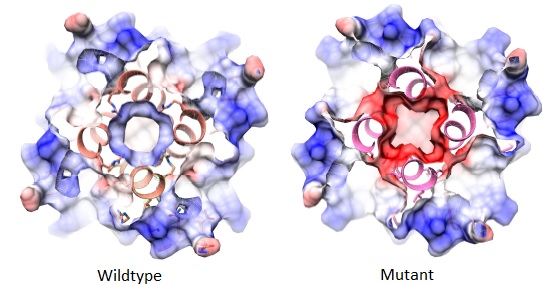Trying to reflect on what constitutes a successful lab, these are the 11 ingredients that I work towards bringing together:
A diverse set of experienced staff. Junior staff come in with a passion and enthusiasm that is second to none. However they also are all being trained in the same environment. By contrast post-docs and senior technicians have been trained in different environments, so they bring with them novel experiences. Having a mixture of staff at different levels and with different educational and life backgrounds optimises the chance that the key idea or skill set will be available. Having at least a few staff members with a long-term perspective in the lab is one of the most potent advantages a lab can have - it means the institutional knowledge is shared between multiple staff, and not all residing in the PI.
A dynamic and supportive lab culture. A successful lab is one with high morale, where people see that effort leads to results. The lab culture should be interactive and supportive. A community feeling, where everyone will jump in to get a project over the line, is critical. A place where everyone feels open to speak up and can live with being criticised is a place where experimental design can be optimised before hitting the bench. A healthy lab is one where the PI is only one voice, and there is just as much peer-to-peer flow of information and ideas.
Output spread across the lab. If the output is concentrated in a handful of people it is suggestive of wasted potential, and puts the lab at risk when the productive people move on. Ideally, every researcher should be getting a first author paper every 3 years.
A healthy portfolio of funding. Ideally this includes a mixture of small and large grants, with a long horizon. The reason why I specify a portfolio is that having all of your funding via one large grant creates a difficult problem when that grant is ending.
A pipeline of research projects. A strong research pipeline includes having high potential projects in the incubation stage, development stage, submission/review stage and published. It can be difficult to manage a pipeline, because you need to switch gears between different projects that need different styles of management and cost/benefit analysis. However the advantage is that there is always something cooking, so it doesn't create the problem of synchronised publication and then a long research gap while you start from scratch.
Balance of diversity in research projects. Focus on a topic gives synergy between projects at both the technical and intellectual level. Diversity of topics brings opportunity and reduces risk. Finding the sweet-spot between focus and diversity is difficult but brings advantages.
Creativity and innovation. A successful lab does research that isn't being done somewhere else. This means creativity and innovation, rather than doing the next obvious thing a little faster than the competition. This can come in different forms: developing new tools, to answer questions other people can't, coming up with creative approaches that other groups haven't thought of, or simply asking different questions.
A reserve of soft money. "Soft money", not tied to a project or time-limited, is precious and difficult to obtain. The advantages are enormous though, allowing investments that later lead to grants. A key advantage is that a reserve of soft money can be used to buffer long-term senior staff between grants. Knowing that you can fund senior staff even if there is a year gap between grants helps you keep the most essentially staff in the lab - even if you never need to actually use the reserve
Quality collaborations. A balance between working in isolation and acting as an academic CRO for other labs. Quality collaborations are usually reflected through bidirectional help, where they contribute to your work and you contribute to their work.
Access to high-end equipment and facilities. High level science is increasingly dependent on high level equipment and specialist staff, beyond what can be built and maintained in a single lab.
Supportive institutional and administrative staff. All the ingredients can be there, but if the departmental head is against you or admin work against you, the lab can be crippled. A group leader spending >50% of their time on admin, or research staff spending >25% of their time on admin, is a warning sign.
 Wednesday, October 21, 2020 at 5:27PM
Wednesday, October 21, 2020 at 5:27PM 


 Golden Pipette,
Golden Pipette,  Liston lab
Liston lab 









